Here is a quite simple example using curve_fit and leastsq from scipy.optimize.
1. Setting parameter values, model and experimental data.
import numpy as np
import scipy.optimize
import matplotlib.pyplot as plt
np.random.seed(0) # choosing seed for reproducibility
# ==== theoretical parameter values ====
x0 = 1
beta = .5
omega = 2*np.pi
phi = 0
params = x0, beta, omega, phi
# ==== model ====
def decay_cosine(t, x0, beta, omega, phi):
x = x0 * np.exp(-beta*t_data) * np.cos(omega*t_data + phi)
return x
# ==== generating experimental data ====
t_data = np.linspace(0, 5, num=80)
noise = .05 * np.random.randn(t_data.size)
x_data = decay_cosine(t_data, *params) + noise
2. Fitting.
# ==== fitting using curve_fit ====
params_cf, _ = scipy.optimize.curve_fit(decay_cosine, t_data, x_data)
# ==== fitting using leastsq ====
def residuals(args, t, x):
return x - decay_cosine(t, *args)
x0 = np.ones(len(params)) # initializing all params at one
params_lsq, _ = scipy.optimize.leastsq(residuals, x0, args=(t_data, x_data))
print(params_cf)
print(params_lsq)
array([ 1.04938794, 0.53877389, 6.30375113, -0.01850761])
array([ 1.04938796, 0.53877389, 6.30375103, -0.01850744])
3. Plotting.
plt.plot(t_data, x_data, '.', label='exp data')
plt.plot(t_data, decay_cosine(t_data, *params_cf), label='curve_fit')
plt.plot(t_data, decay_cosine(t_data, *params_lsq), '--', label='leastsq')
plt.legend()
plt.grid(True)
plt.show()




